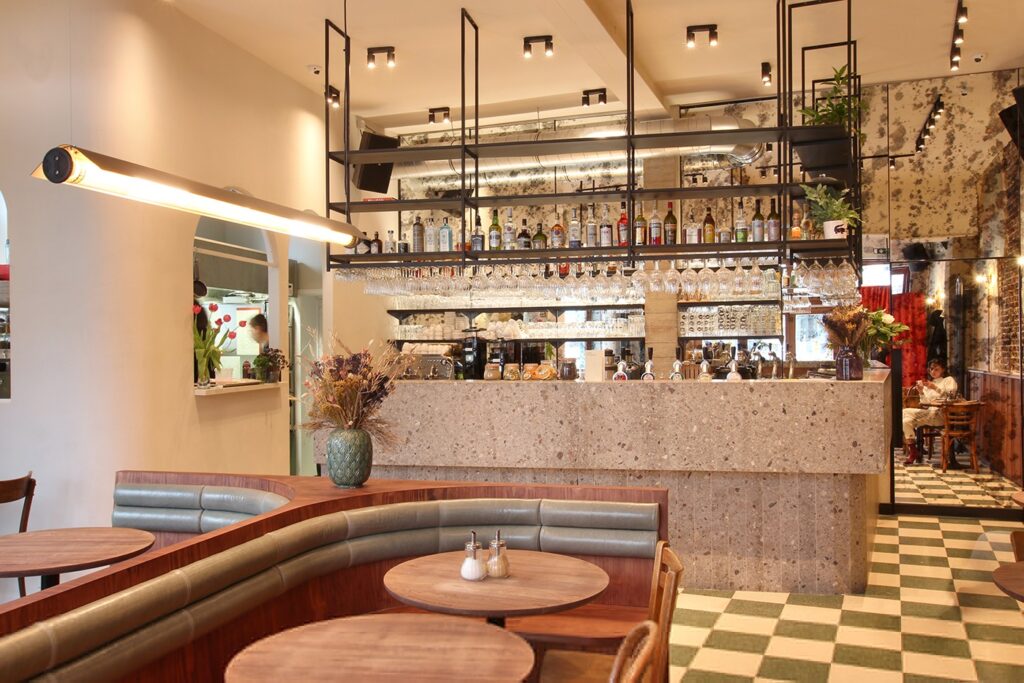Maison Communale d’Ixelles
Until the 19th century, the Maison Communale d’Ixelles was known as the Malibran Pavilion operating as a villa-inn called Le Tulipant. It was surrounded by a park which roughly corresponded to the current Place Fernand Cocq. It was mentioned for the first time in the 17th century; its name evokes the place called ‘Tulpplant located nearby.
In 1768, Nicolas de Koraskeny, secretary of Charles de Lorraine, acquired it with the aim of making it a “pleasure house”. However, he never put his plans into action. The villa was finally demolished and replaced in 1833 by a country house designed by the architect Charles Vanderstraeten for the renowned composer and violinist Charles de Bériot (Louvain, 1802 – Brussels, 1870). The pavilion owes its name to the no less famous singer Maria Malibran (Paris, 1808 – Manchester, 1836) whom Bériot married shortly before she died in a tragic accident.

In 1849, Charles de Bériot sold the estate to the Commune of Ixelles. This transforms a large part of the park into a public square and installs the communal services in the pavilion. In the 20th century, the town hall did not undergo any particular transformation.
Le Tulipant
Café Tulipant takes its name from the former Auberge Tulipant which once stood in place of the town hall of Ixelles, and whose entrance was preceded by a bed of tulips.
The bar cultivates Belgian heritage with a name that dates back to the 17th century, indicating the triangular garden that used to be in the square in front of the town hall (formerly a ‘Villa-Inn’) which was destroyed in 1833 to make way for the Malibran Pavilion.
